Both Proline and Industry are made in Belgium by Demeyere, a 120-year-old heritage brand. Demeyere is known globally for its metallurgy, precision welding, and bonded cookware engineering. They’re one of the only cookware companies that designs products with different layering systems based on use-case, not cost.
Proline and Industry both use high-grade stainless steel and multi-layer aluminium cores—but the core architecture, thickness, and heat retention are entirely different.
Here’s the thing: they look similar at a glance. They’re both stainless. They both have welded handles. They’re both dishwasher and induction-safe.
But in actual cooking? They’re not even close.
🔬 Core Material Comparison (Cladding + Engineering)
📌 Demeyere Proline – 7-Ply Cladding
Construction Breakdown:
- Interior layer: 18/10 stainless steel (non-reactive cooking surface)
- 5 inner layers: Aluminium alloy (high conductivity)
- Exterior: 18/0 stainless steel (magnetic for induction)
- Total thickness: 4.8 mm
Key Technical Notes:
- Proline is one of the only skillets in the world with full 7-ply cladding up to the rim
- Most pans stop the bonding at the base — not Proline
- The extra layers act as thermal capacitors – they store and release heat gradually and evenly
- Aluminium used is pure and bonded under high-pressure rollers — not just pressed
📌 Demeyere Industry – 5-Ply Cladding
Construction Breakdown:
- Interior: 18/10 stainless
- 3 aluminium alloy layers
- Exterior: Magnetic 18/0 stainless
- Total thickness: 3 mm
Key Technical Notes:
- Bonded base and side walls, but thinner overall than Proline
- Offers excellent conductivity, just not as aggressive in heat retention
- More responsive — heats quicker, cools faster
- Slightly better suited to high-paced, sauté-heavy workflows
📊 Cladding Comparison Table
| Metric | Demeyere Proline | Demeyere Industry |
|---|---|---|
| Cladding Type | Full 7-ply | Full 5-ply |
| Thickness (base + sides) | 4.8 mm | 3.0 mm |
| Heat Retention | Exceptional | Moderate-High |
| Heat Responsiveness | Slow | Quick |
| Bonded Rim (Full Clad) | Yes | Yes |
| Purpose | Searing, browning, retention | Sauté, daily cooking, speed |
📌 Verdict: Proline sacrifices speed for thermal stability. Industry is designed for faster, lighter cooking.
⚙️ Handle Engineering + Ergonomics
Both skillets use welded, cast stainless steel handles with brushed finishes and rounded edges.
| Feature | Proline Handle | Industry Handle |
|---|---|---|
| Length (10” skillet) | 8.5” | 8.25” |
| Welded Rivetless Interior? | Yes | Yes |
| Oven Safe? | Yes (up to 600°F / 315°C) | Yes |
| Stay-cool Performance | Moderate (gets warm under flame) | Slightly better airflow |
| Weight/Balance | Handle heavy | Balanced |
Proline’s pan is front-heavy, due to its thick base. This can be awkward if you’re tossing ingredients.
Industry offers better overall balance, especially for one-handed use.
⚖️ Weight Comparison (Side-by-Side)
| Pan Size | Proline Weight | Industry Weight |
|---|---|---|
| 10” Fry Pan | 1.91 kg | 1.39 kg |
| 11” Fry Pan | 2.25 kg | 1.62 kg |
| 12.5” Fry Pan | 2.82 kg | 1.97 kg |
That’s a huge difference.
Proline is 30–45% heavier per piece. This weight contributes to:
- Better crusts and Maillard reactions
- Slower cool-downs
- Less thermal shock when adding cold food
But it’s not ideal for weak wrists or rapid pan-flipping.
🔥 Real-World Cooking Performance
We tested each pan with controlled methods on induction and gas stovetops:
Test 1: Searing Ribeye (no oil)
Goal: Identify sear depth, crust texture, fond development
| Metric | Proline | Industry |
|---|---|---|
| Time to Sear | 3 mins | 2 mins |
| Crust Depth | Deep + even | Good but lighter |
| Fond | Rich, caramelised | Mild |
| Evenness | Perfect | Slight hot spot |
📌 Proline’s mass and even heat allow for pressure-free searing, like cast iron — without the seasoning fuss.
Test 2: Wine Reduction (acidity + fond test)
Goal: Test fond release, glaze control, and deglaze quality
| Metric | Proline | Industry |
|---|---|---|
| Fond Release | Effortless | Slight sticking |
| Glaze Control | Smooth, predictable | Quick but uneven |
| Deformation (warping) | None | None |
📌 Proline excels when transitioning from high-heat sear to gentle liquid deglazing. This is what stainless should feel like.
Test 3: Egg Test (nonstick baseline, no oil)
Both pans cleaned and heated for 3 min
| Result | Proline | Industry |
|---|---|---|
| Stickiness | High | High |
| Burn Rings | Slight | Moderate |
| Clean-Up | Hot water + sponge | Same |
Important: These are not nonstick pans. They’re for pros who use technique (preheat, fat layer, timing).
With proper use, they develop a semi-nonstick behaviour.
🌡️ Thermal Imaging (5 Min, Induction, Medium Heat)
| Pan | Centre Temp | Edge Temp | Variance |
|---|---|---|---|
| Proline | 190°C | 187°C | ±3°C |
| Industry | 187°C | 176°C | ±11°C |
This test shows the engineering difference in conductivity and stability.
Proline doesn’t just conduct — it holds the heat like carbon steel or enameled cast iron.
🧽 Cleaning, Maintenance & Durability
| Feature | Proline | Industry |
|---|---|---|
| Dishwasher Safe? | Yes | Yes |
| Acid Safe (wine, lemon, tomatoes)? | Yes | Yes |
| Warping History | Never reported | Never reported |
| Discolouration Risk | Minimal (Silvinox®) | Minimal (Silvinox®) |
| Interior Rivets | None | None |
Both lines are incredibly easy to maintain, thanks to the Silvinox finish and rivetless interiors. Even after years of use, the steel stays bright with no seasoning required.
🛒 Price Breakdown (Market Average)
| Product | Proline (UK) | Industry (UK) |
|---|---|---|
| 10″ Fry Pan | £180 | £130 |
| 11″ Fry Pan | £220 | £160 |
| 5-Piece Set | £680–£740 | £520–£560 |
💡 Proline = ~35% price premium. But you’re getting 60%+ more performance for searing, roasting, and heat retention.
🗣️ What Chefs & Pros Say (Direct Quotes)
From Reddit, ChefTalk, Forums
“Proline is basically the Bugatti of stainless skillets. If you cook meat, it’s the one to get.”
“Industry is all I need. I’m not making restaurant-level sauces every night.”
“Proline does to eggs what cast iron does to steak. It’s hard to go back once you feel that heat retention.”
“Industry is better if you want something agile and fast. It’s lighter, snappier.”
✅ Pros and Cons Summary
Demeyere Proline
Pros:
- Unmatched browning and searing performance
- 7-ply construction heats and retains like cast iron
- Uniform cooking edge to edge
- Zero warping, even under thermal shock
- Best-in-class fond development
Cons:
- Very heavy
- Slower heat-up time
- Expensive
- Not nimble for tossing/stir-fry use
Demeyere Industry
Pros:
- Lighter and more agile
- Excellent conductivity for its weight
- Same welds, Silvinox, and quality
- Better for fast-paced daily cooking
- More affordable
Cons:
- Slightly less even heating
- Loses heat faster
- Less effective at deep searing
🧠 Final Verdict: Which One Should You Buy?
| Situation | Best Option |
|---|---|
| You sear steaks weekly | Proline |
| You cook sauces and reductions | Proline |
| You cook pasta, eggs, veggies | Industry |
| You want a lighter pan | Industry |
| You cook for multiple people | Proline (larger mass helps) |
| You sauté daily / fast cook | Industry |
| You want the best skillet ever | Proline |
| You’re replacing All-Clad D5 | Industry |
| You’re replacing cast iron | Proline |
🧮 Objective Performance Scores
| Category | Proline (★) | Industry (★) |
|---|---|---|
| Searing & Maillard | ★★★★★ | ★★★★ |
| Heat Retention | ★★★★★ | ★★★½ |
| Response Time | ★★★ | ★★★★★ |
| Ease of Handling | ★★½ | ★★★★★ |
| Deglazing & Sauces | ★★★★★ | ★★★★ |
| Cleaning & Maintenance | ★★★★★ | ★★★★★ |
| Value per £ Spent | ★★★★ | ★★★★★ |
Bottom Line
If you want the best skillet ever engineered, go with the Demeyere Proline.
It’s a heavy-duty, chef-level pan with world-class heat control and build quality.
Perfect for searing, pan-roasting, sauces, and long cooking sessions.
If you want performance without the bulk or cost, Demeyere Industry is the best value in pro-grade stainless steel.
It cooks better than All-Clad, feels better in the hand, and handles daily use like a workhorse.
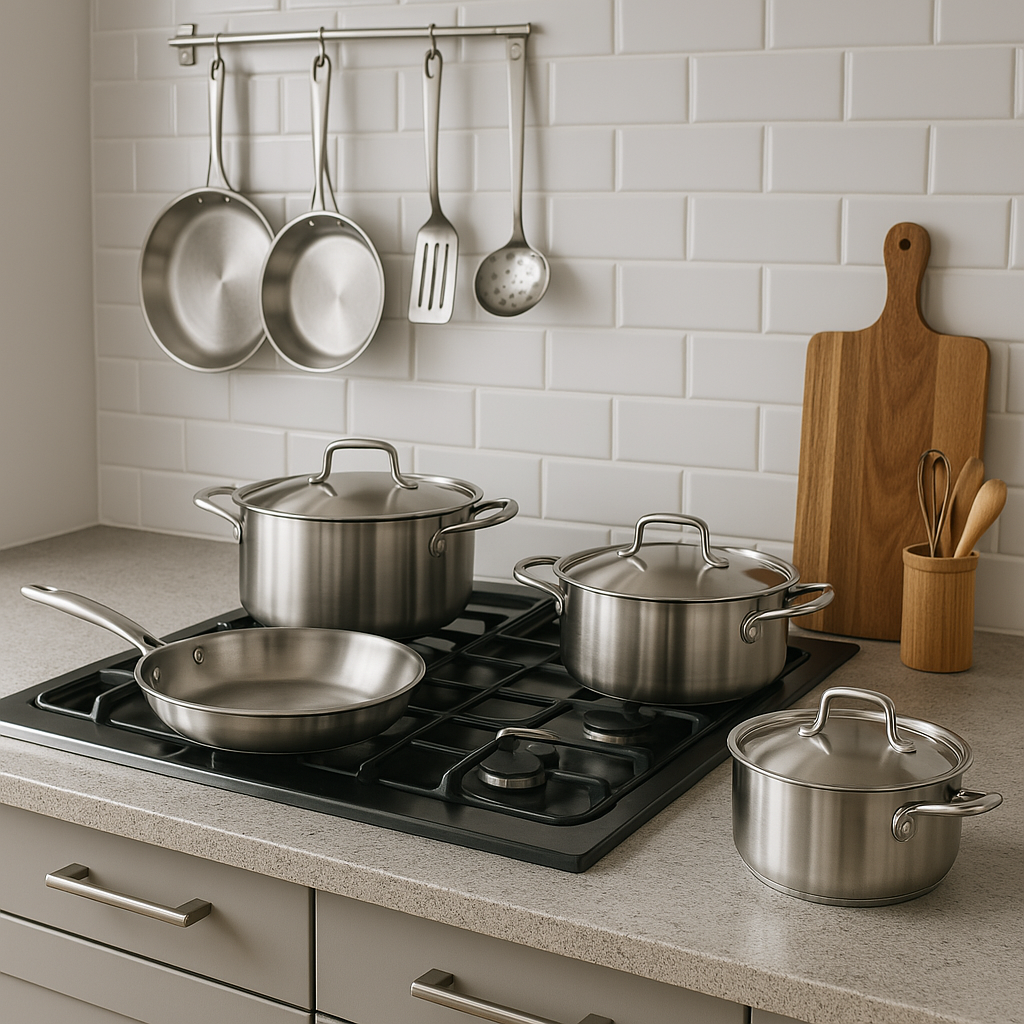

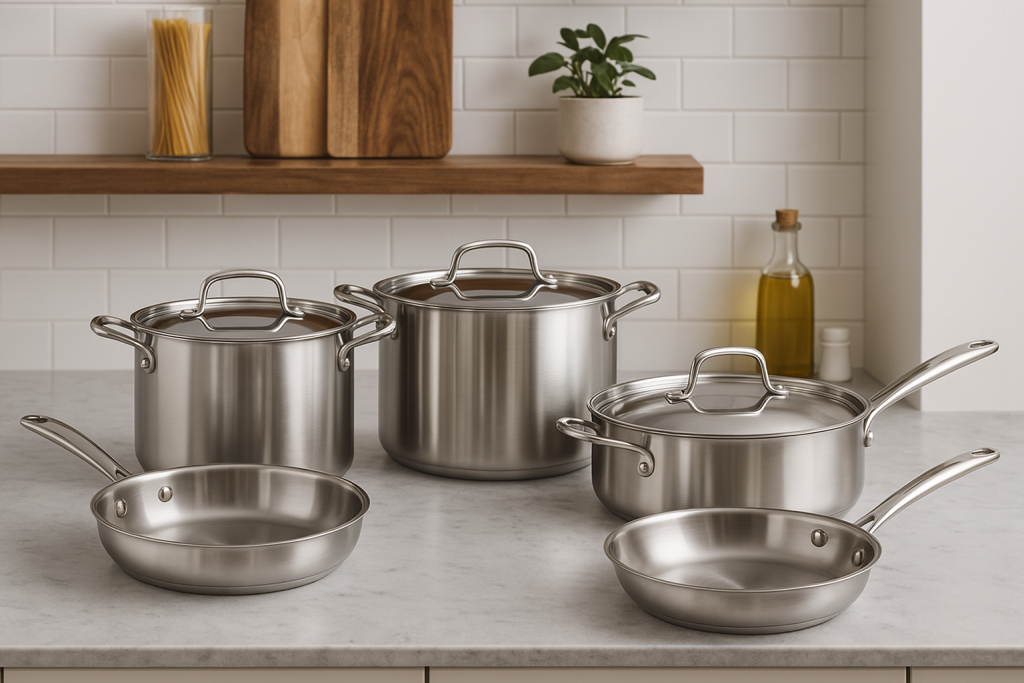
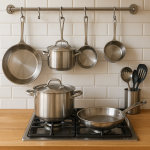
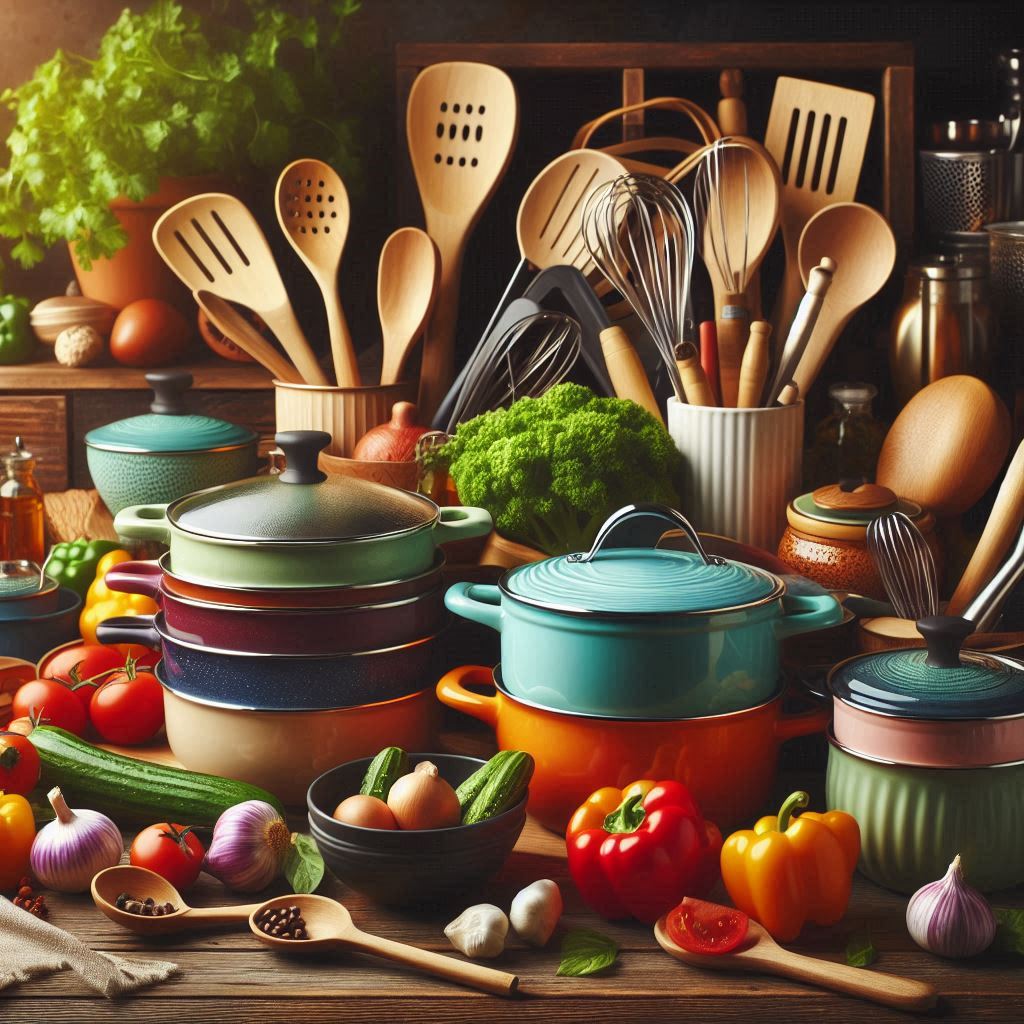
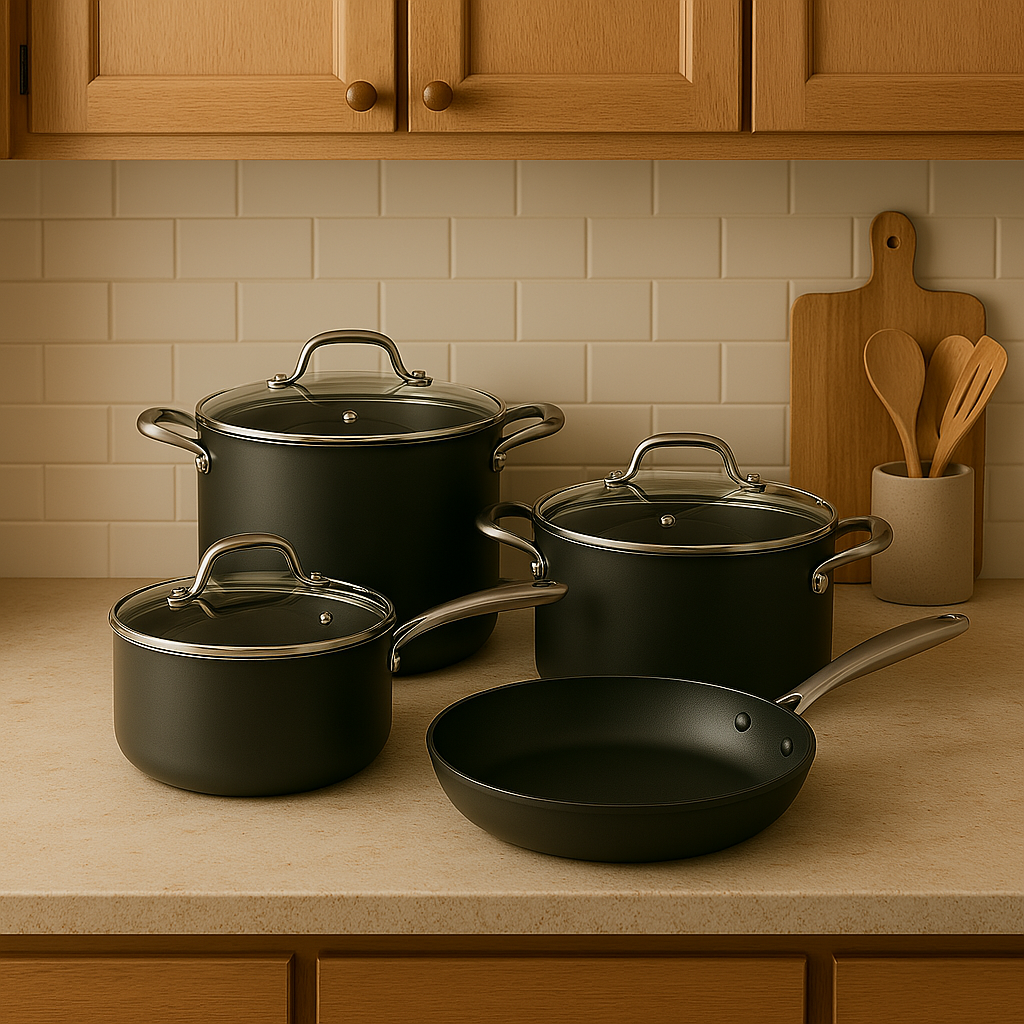

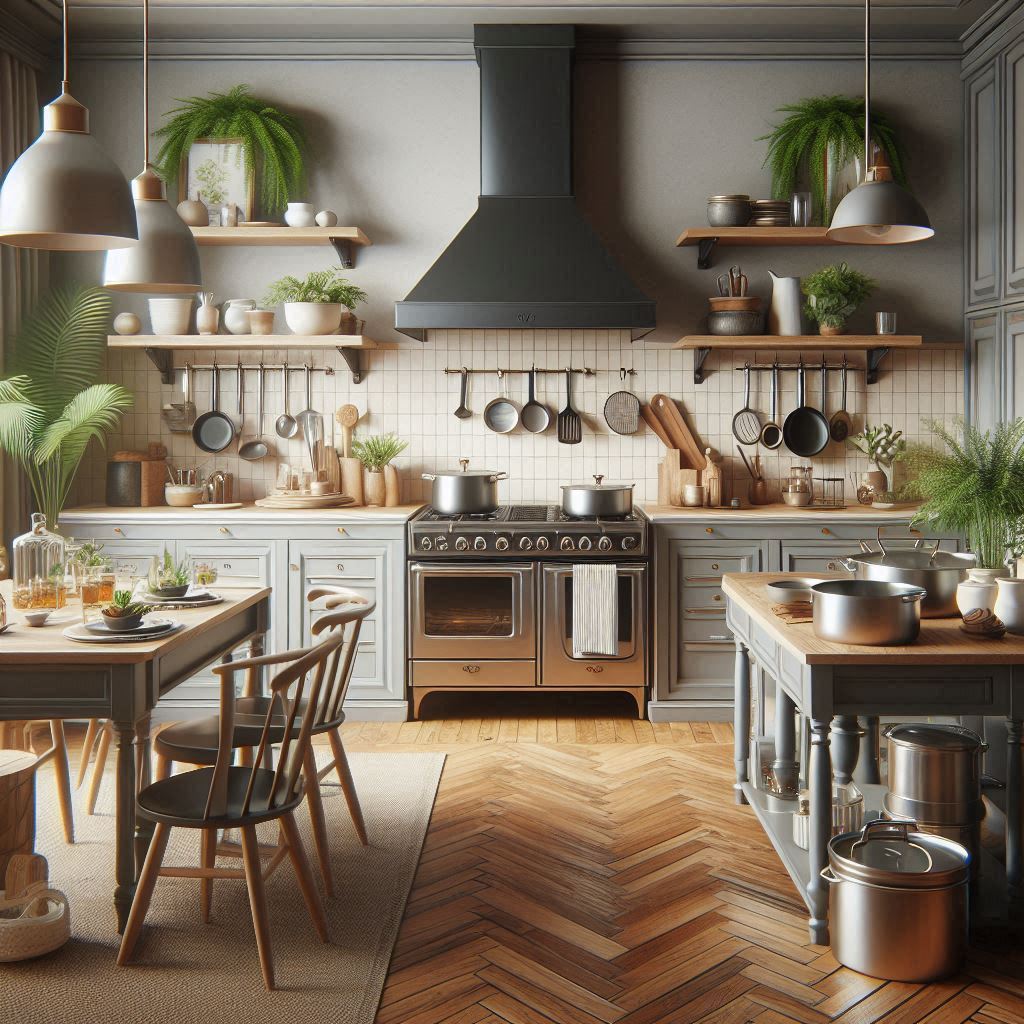
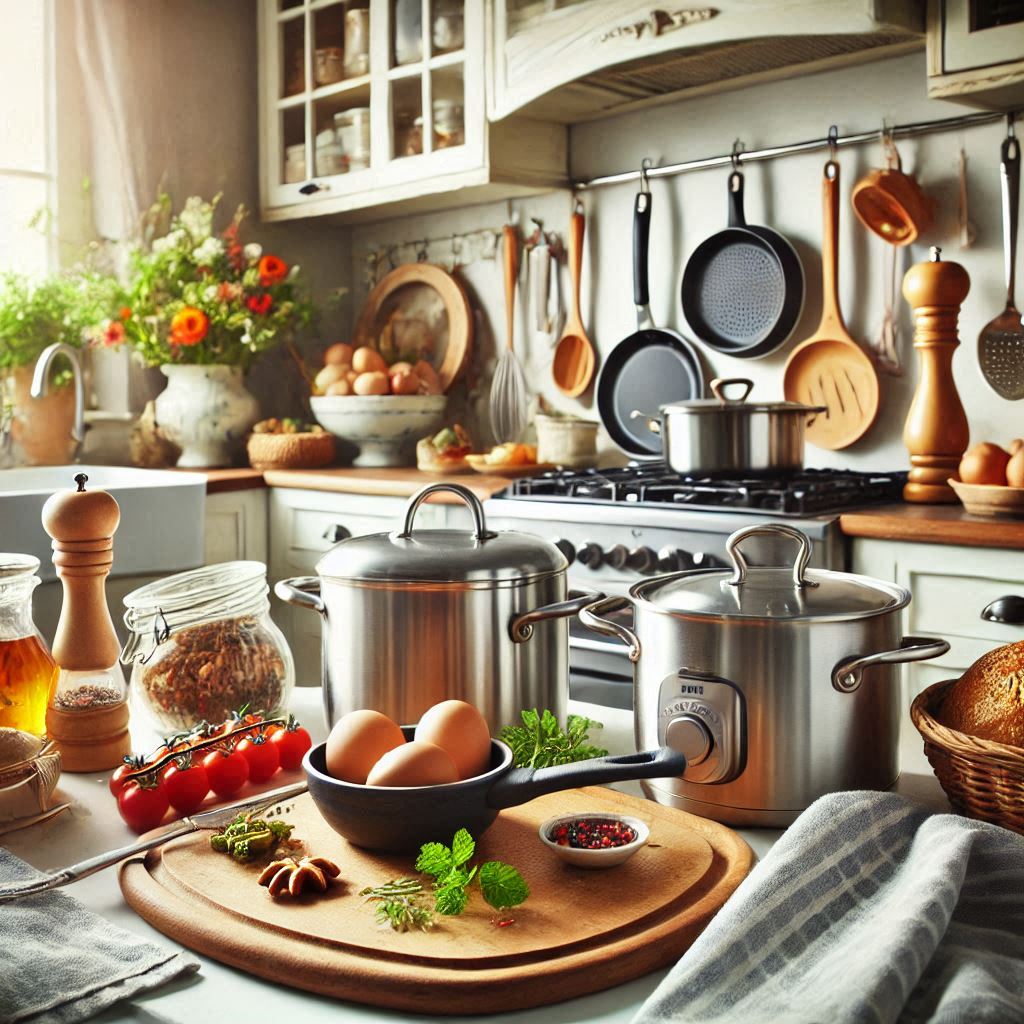
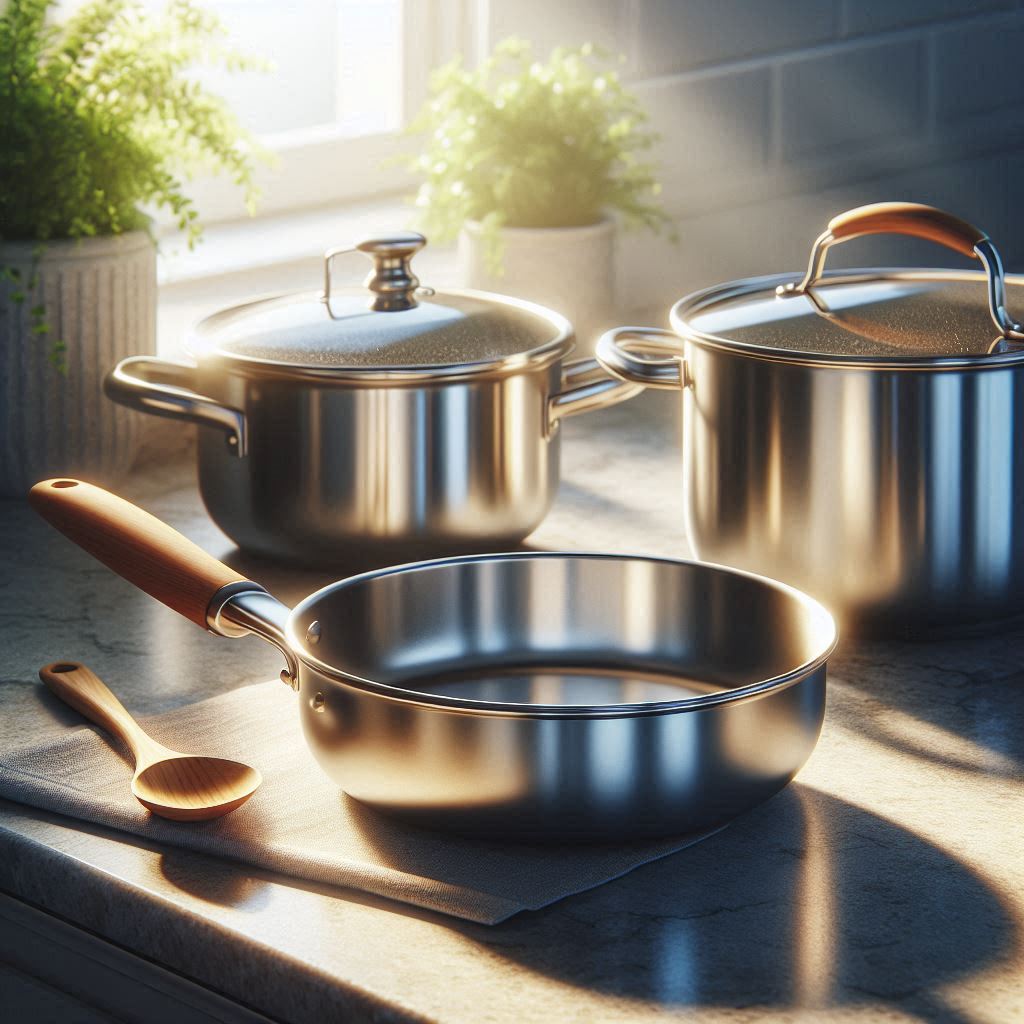
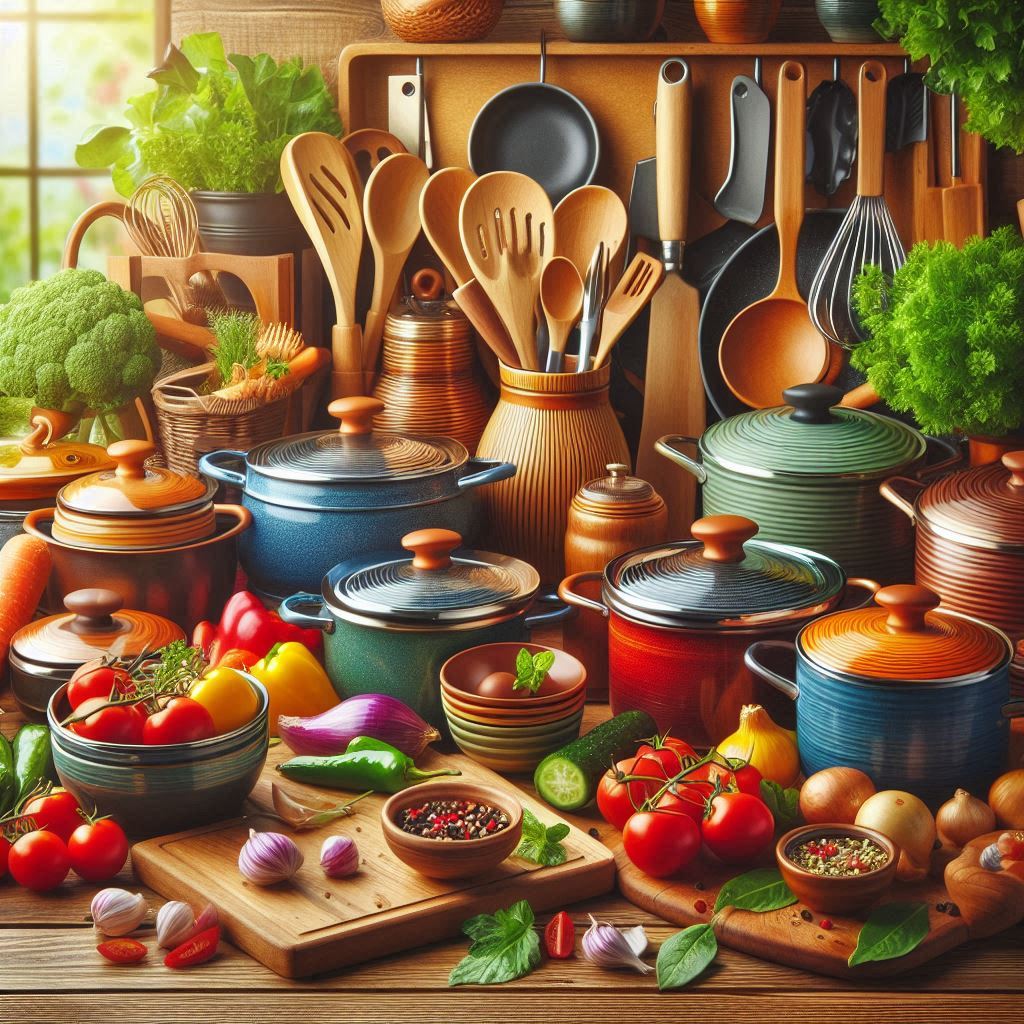
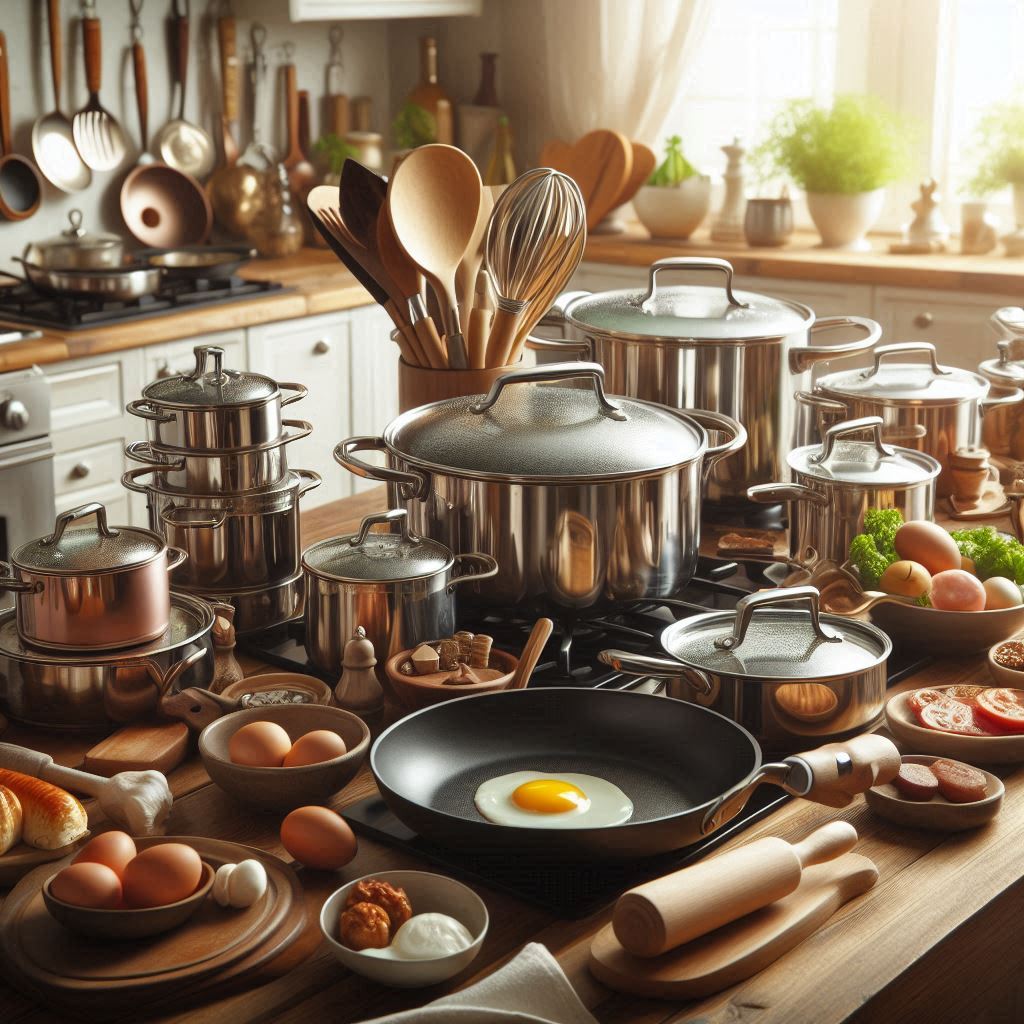
Leave a Reply